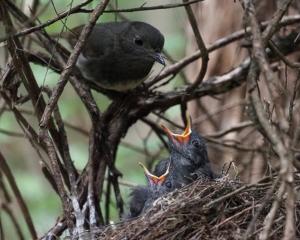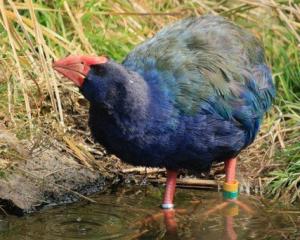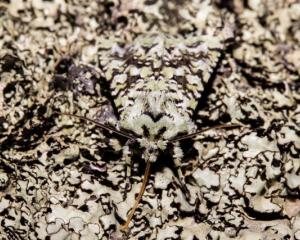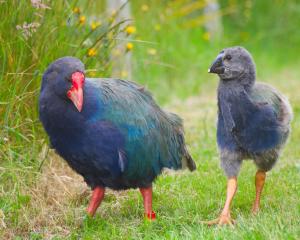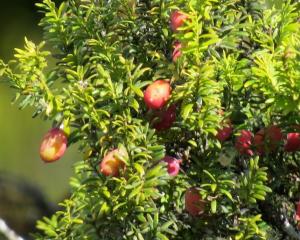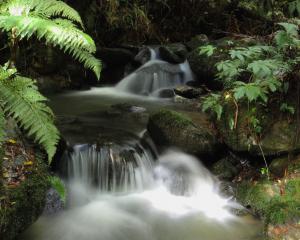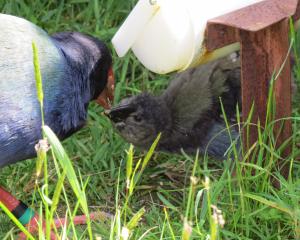In 1914, the subfossil skull of a takahe turned up at the Otago Museum. It had been dug up that year at Waitati along with kiwi and moa bones, evidence that these large flightless birds once inhabited the coastal forests and shrublands of the Dunedin region.
The takahe find was of particular interest then. Extraordinary birds, the largest member of the worldwide rail family, a supersized pukeko, takahe had rarely been sighted in the second half of the 19th century. By 1889 they were listed as extinct.
The Otago Daily Times in 1914 carried a photograph of the well-preserved skull, featuring its massive bill. The writer of the extended caption seemed not to believe the stories of extinction, reporting instead that South Island takahe, also known as Notornis, were ''generally associated with some far away place, such as the West Coast Sounds [Fiordland] or Lake Te Anau''.
Whoever wrote those words had the gift of prescience. In 1948, 50 years after the species was written off (North Island takahe disappeared in the 1890s), a tramping party in the Murchison Mountains of Fiordland, west of Lake Te Anau, came upon a small population of takahe.
Dr Geoffrey Orbell, leader of the trip, was credited with bringing takahe back from the dead.
Since then the Wildlife Service and its successor, the Department of Conservation (Doc), have performed a minor miracle, thanks to inventions such as incubators and helicopters, recovering eggs from Takahe Valley in the Murchison Mountains and artificially hatching and rearing chicks.
For decades, takahe recovery teams have battled to mitigate the risk of inbreeding, given the small founder population. That particular fight continues.
Worrying numbers of the current takahe population of about 250 are infertile and unable to contribute to the recovery of their species.
Living proof of the rediscovery of the takahe can be seen at Orokonui Ecosanctuary almost on a daily basis through a pair of takahe called Quammen and Paku, who are among the infertile members of their kind.
They look healthy enough, beautifully adorned and weighing in at about 3kg. But they just don't have what it takes to produce fertile eggs.
They were paired up at Orokonui last year - love at first sight - and set out to defy the odds against producing a chick. Towards the end of last year they nested not once, but twice.
Takahe lay just one egg at a time. When the first egg failed after the normal incubation time of 30 days, they renested in a different place and sat on another egg.
Paku, the female, extended the incubation for almost twice the normal time. The result was the same, no chick.
Her egg, though, is intended for display in the visitor centre at the ecosanctuary as evidence of their heroic efforts to breed.
Meanwhile, both birds continue to keep loose company in the upper reaches of the ecosanctuary, not far from the main entrance. They stroll around with the air of birds that seem to know they have been assigned ambassador status for their species.
Visitors can usually get close views of them at feeding time - 11am every day. They push their massive beaks into hoppers filled with pellets specially prepared to suit takahe. Typically, they will then take a drink from the little pond nearby.
It would be wonderful to see a fertile pair of takahe at Orokonui reproducing young ones just like they would have been doing a couple of hundred years ago.
With Doc approval, it can happen.
Recently I met two Australian tourists from Sydney who were sitting quietly near the feeder, wowed by what they were seeing. The Aussies told me that earlier they had found two other takahe down the track and wondered how many of these beautiful birds lived here.
Larger than life, our takahe. Orokonui has only two, so far.
About 20 years ago, I saw what a species brought back from the dead can do for tourism. A tour bus full of Japanese pulled up at the Lake Te Anau Wildlife Centre where I was staying.
They made a beeline for the takahe enclosure, some of them breaking into a sprint to be the first to see these magnificent birds with their purple-blue and metallic-green plumage, scarlet bill and red eye and legs. Now, that is pulling power.
- Neville Peat, co-author of the book Wild Dunedin, chairs the trust board of Orokonui Ecosanctuary. The Wild Ways column appears in the Magazine section of the first Saturday of each month.


